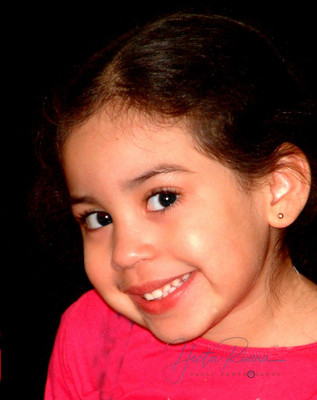- Home
- Featured Galleries▼
- Weddings▼
- Exploring Puerto Rico▼
- Landscapes & Travel▼
- Faces▼
- Wall Art▼
-
Customers' Galleries▼
- Weddings
- Models
- Iris Jannette
- Annie & Lorenzo
- Ft. Eustis Cheerleaders
- CPT Tylor
- Madelin & Lucho
- The Berrys, Cota Lee
- Nuri Mojica
- The Smiths
- The Thomsens
- The Walls
- The Wheelers
- Fetzer's Promo
- David Skubis
- Keith Craig
- Omni Airlines
- Kennedy
- Rubby Murray
- CPT Dranken
- Eveline Jones
- Michell & Tony
- Mara & Malcom
- Special Events▼
- Military Subjects▼
- All Photographs
- Blog
- Contact Us.
- Documents & Offers▼
Just about Light and Shadows

 Just about Light and Shadows
Just about Light and Shadows
The key element of photographer is light, without light imagery is impossibility. For this reason it's important to know about different types of lighting and its effects on the subject. Understanding the relationship between light, subject and shadows is the basis to successful photography. In this article I will basic knowledge of the most commonly used lighting terms in modern photography.
High and Low Key
High Key and Low Key refer to the type or style of lighting used to illuminate a set or scene. High-key lighting is bright and even illumination that provides an uplifting or happy mood. This type of lighting minimizes shadows and harsh details providing a soft effect with little contrast. Opposite, Low-key lighting provides heavy contrast, with subjects and scenes containing strong highlights and shadows. This is a very dramatic approach to illumination that creates high impact and captures attention.
Rim Lighting
Rim lighting or back lighting, also view as separation lighting is used to highlights the edges of a subject. Commercial portraiture greatly benefits of this technique. With the use of rim lighting the photographer achieves a more dramatic look and more marked separation of the subject from the background. When used with a dark background increases the focal point on the subject.
Soft or Hard Lighting
This refers to the quality of light relative to how directly it illuminates the subject. Soft lighting is modified or diffused to even the spread of illumination and minimize shadows. In nature this happens on an over cast day when the sun is blocked by clouds, for artificial lights the use of modifiers such as diffusers, soft boxes and umbrellas are very effective to achieve soft lighting. Direct lighting is considered hard lighting and produces strong highlights and shadows. A sunny day or a speed-light with no modifier are samples of this type of lighting. Here you can see how in a low-key set hard lighting may be the most effective and soft light would work well in high-key. However this is not a rule.
Spot or Flood Lighting
Spotting and flooding may be adjusted manually in most studio light systems. This allows you better control over how gradual is the falloff of light from the center to the edge illuminated area. Spotting will create a more concentrated light beam emulating direct lighting, flooding emulate diffused lighting conditions.
Catch Light
Catch light is a reflection of light visible in the eyes of the subject. This is not a type of lighting, nor is it referent to quality of lighting. However these are an interesting element in portrait photography adding life to the subject.
Comments
|
(1)
January (1)
February
(2)
March (2)
(1)
April (1)
May
June
July
August
September
October
November
December
|
January
February
March
April
May
June
July
August
September
October
November
December
|
January
February
March
April
May
June
July
August
September
October
November
December
|
January
February
March
April
May
June
July
August
September
October
November
December
|
January
February
March
April
May
June
July
August
September
October
November
December
|
January
February
March
April
May
June
July
August
September
October
November
December
|
January
February
March
April
May
June
July
August
September
October
November
December
|
January
February
March
April
May
June
July
August
September
October
November
December
|
January
February
March
April
May
June
July
August
September
October
November
December
|
January
February
March
April
May
June
July
August
September
October
November
December
|
- Home
- | Featured Galleries ▲
- | Weddings ▲
- | Exploring Puerto Rico ▲
- | Landscapes & Travel ▲
- | Faces ▲
- | Wall Art ▲
-
|
Customers' Galleries
▲
- Weddings
- Models
- Iris Jannette
- Annie & Lorenzo
- Ft. Eustis Cheerleaders
- CPT Tylor
- Madelin & Lucho
- The Berrys, Cota Lee
- Nuri Mojica
- The Smiths
- The Thomsens
- The Walls
- The Wheelers
- Fetzer's Promo
- David Skubis
- Keith Craig
- Omni Airlines
- Kennedy
- Rubby Murray
- CPT Dranken
- Eveline Jones
- Michell & Tony
- Mara & Malcom
- | Special Events ▲
- | Military Subjects ▲
- | All Photographs
- | Blog
- | Contact Us.
- | Documents & Offers ▲